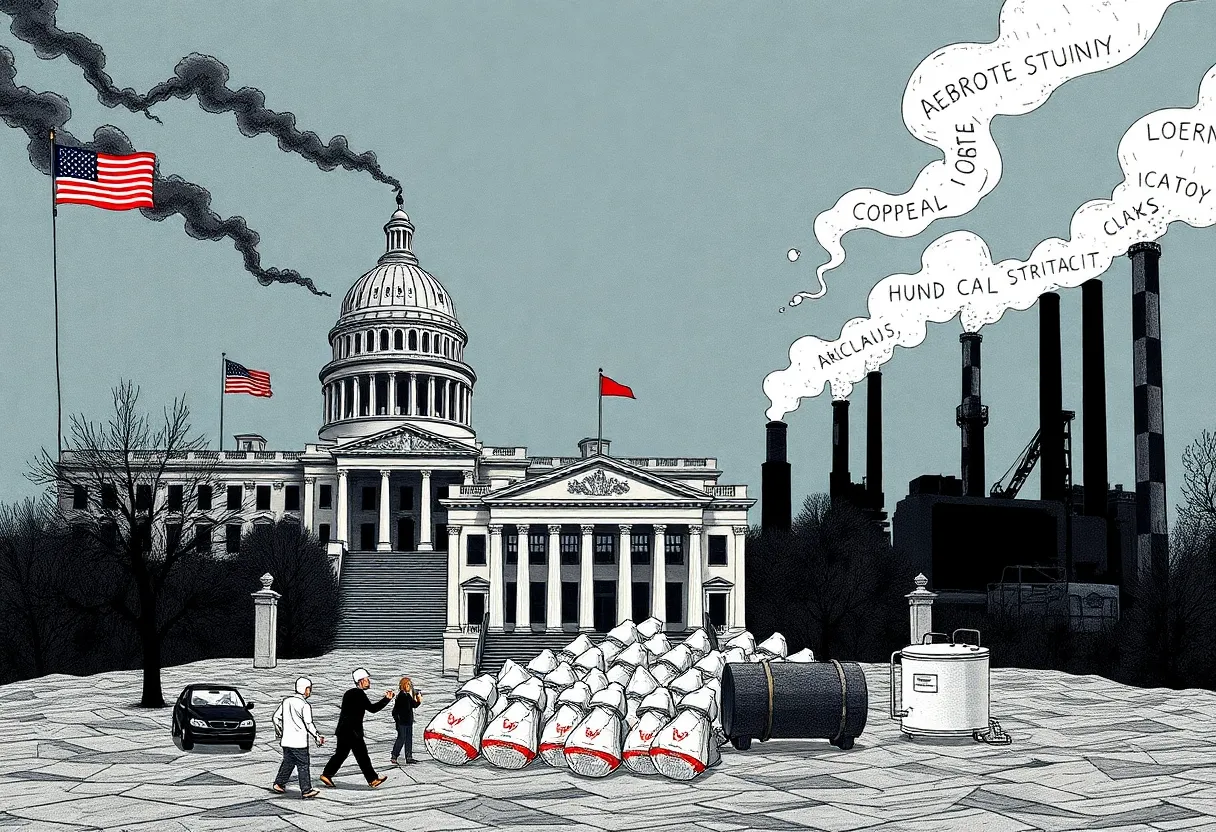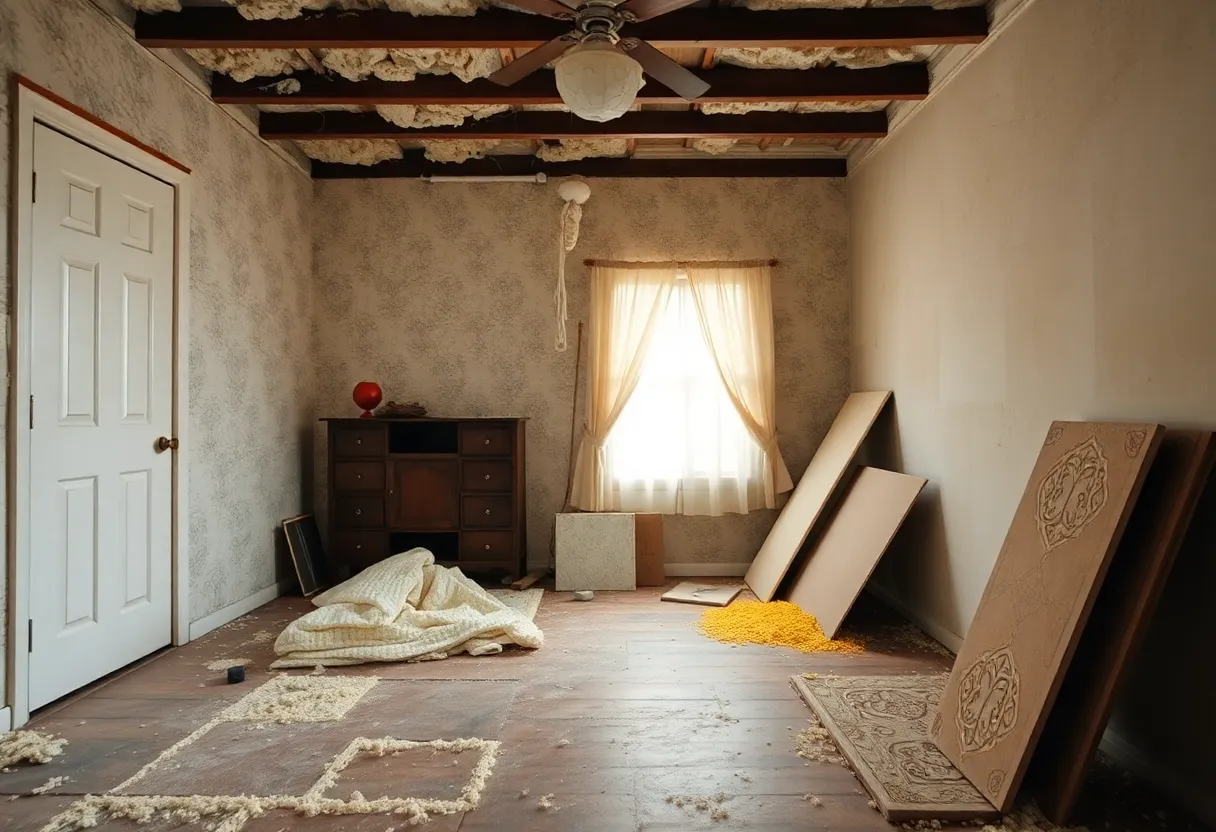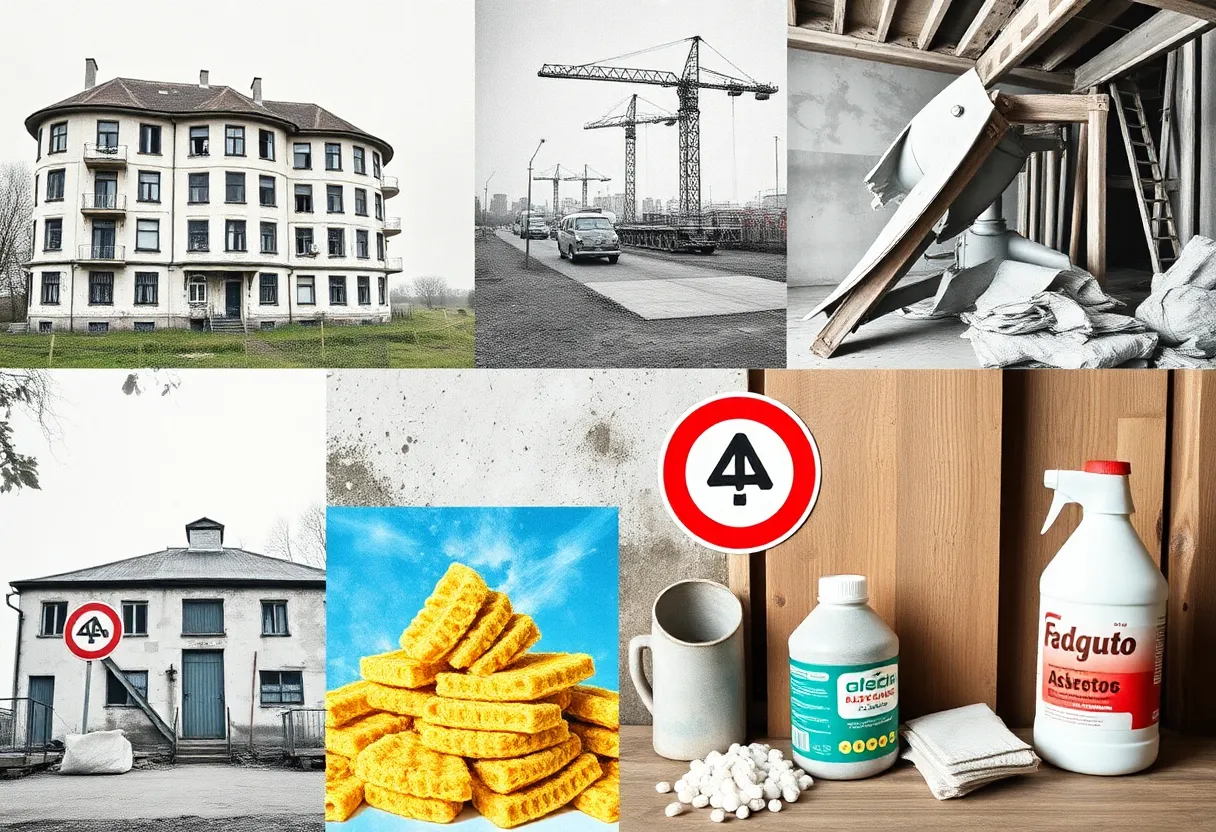News Summary
The Biden administration’s ban on chrysotile asbestos faces significant pushback, raising concerns about public health and industry influence.
The Uncertain Future of Asbestos Regulation in the U.S.
In a dramatic turn of events, the battle over asbestos regulation in the United States has entered a new phase, with the Biden administration’s recent efforts being met with significant resistance. After a comprehensive review of scientific evidence linking the deadly substance to serious health risks—including various cancers—the Biden administration issued a ban on the last known type of asbestos used within the country: chrysotile asbestos, commonly referred to as “white asbestos.” This landmark decision aimed to protect public health from the dangers of prolonged exposure to this hazardous material.
The Toxic Legacy of Asbestos
Asbestos exposure has long been acknowledged as a significant health risk, with studies correlating it to several types of cancer, most notably mesothelioma, lung cancer, ovarian cancer, and laryngeal cancer. Alarmingly, the Environmental Protection Agency (EPA) estimates that asbestos exposure is responsible for over 40,000 deaths annually in the United States. Despite its well-documented dangers, chrysotile asbestos remains integral to various industries, being utilized in roofing materials, textiles, cement, automotive parts, and notably, chlorine production.
The Biden Administration’s Bold Move
The Biden administration’s regulatory framework to phase out chrysotile asbestos spans a twelve-year period, intending to achieve full implementation by 2036. This timeline was established to balance the immediate need for public health safeguards with the practical realities faced by industries that utilize asbestos in their manufacturing processes. Acknowledging the overwhelming scientific consensus on the severe health risks posed by asbestos, the administration sought to make considerable progress towards a safer environment.
Pushback from the Trump Administration
Concerns Over Conflicts of Interest
Alarming revelations have surfaced regarding potential conflicts of interest within the EPA’s leadership. Several key figures, including Lynn Dekleva— an official who previously worked for the American Chemistry Council and spent over three decades at DuPont—have come under scrutiny. Their histories with industrial lobbying raise serious questions regarding the objectivity of their actions in relation to public health policy.
The Outcry Among Advocates
The proposed reversal of the chrysotile asbestos ban has ignited outrage among cancer survivors and advocacy groups. Public figures in the health sector emphasize the urgency for comprehensive regulations, noting that there is no safe level of asbestos exposure. In light of years of advocacy efforts, including the introduction of the Ban Asbestos in America Act and the Alan Reinstein Ban Asbestos Now Act, the recent developments indicate a significant setback for the movement towards a full ban.
The Path Ahead
In stark contrast to over 50 countries that have already implemented complete bans on chrysotile asbestos, the U.S. is now risking continued exposure for workers and the public alike. With the ongoing confusion surrounding the ban, experts assert that immediate federal legislation is essential for an effective and lasting prohibition on asbestos. As litigation and lobbying efforts unfold in the coming months, the fate of asbestos regulation remains uncertain, with public health once again hanging in the balance.
Deeper Dive: News & Info About This Topic
HERE Resources
The Silent Danger of Asbestos Exposure: Urgent Need for Legal Action
Back to a Dangerous Past: The Asbestos Debate Intensifies
Concerns Surrounding Asbestos Removal and Regulations in Illinois
Asbestos Legal Battles: From Clarence Borel to Current Cases
Groundbreaking Study Reveals Genetic Insights into Malignant Pleural Mesothelioma
The Ongoing Threat of Legacy Asbestos: A Public Health Crisis
Health Under Siege: The Asbestos Crisis and Public Health Setbacks
Trump Administration Takes Steps to Reconsider Asbestos Ban
EPA Reconsiders 2024 Ban on Chrysotile Asbestos
Barretts Minerals: Bankruptcy Judge Questions Asbestos Levels in Talc from Montana
Additional Resources
- Asbestos.com: The Uncertain Future of Asbestos Regulation
- Wikipedia: Asbestos
- AP News: The Asbestos Ban in U.S. Regulation
- Google Search: Asbestos Regulation 2023
- The Hill: Trump Administration’s Review of Asbestos Regulation
- Google Scholar: Asbestos Health Risk
- Newsweek: Asbestos Ban Concerns Spark Risk Warnings
- Encyclopedia Britannica: Asbestos



















